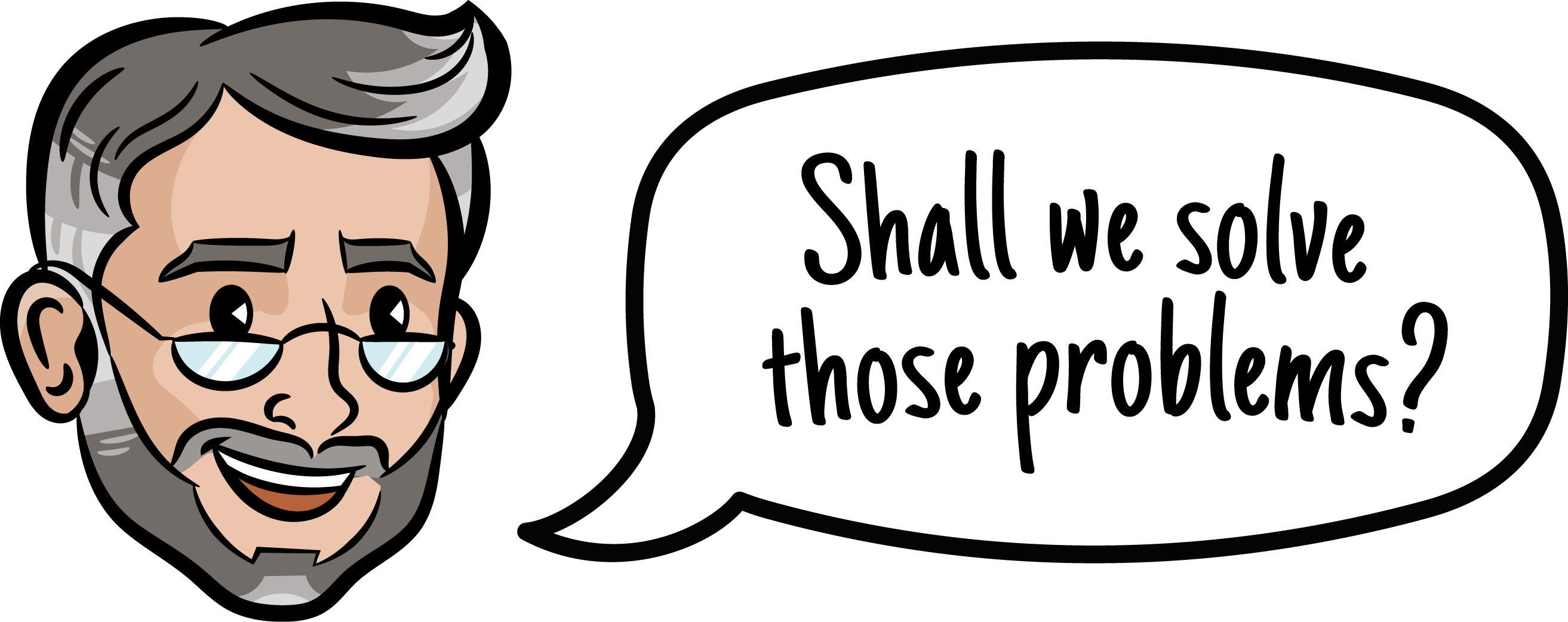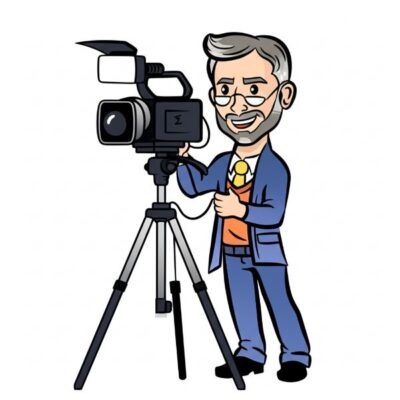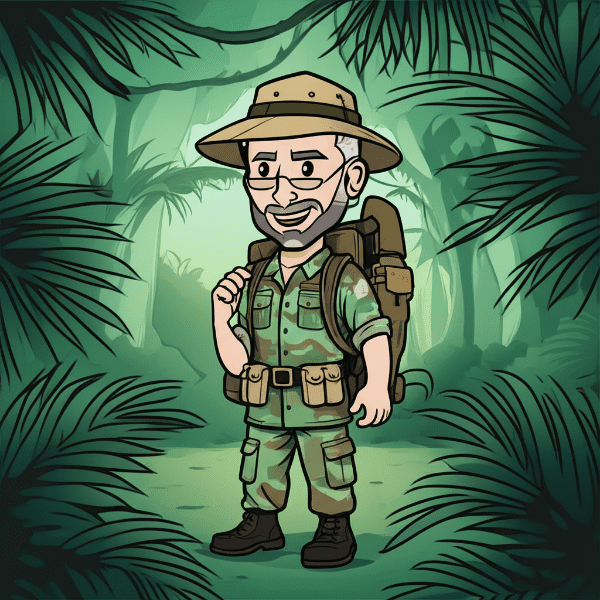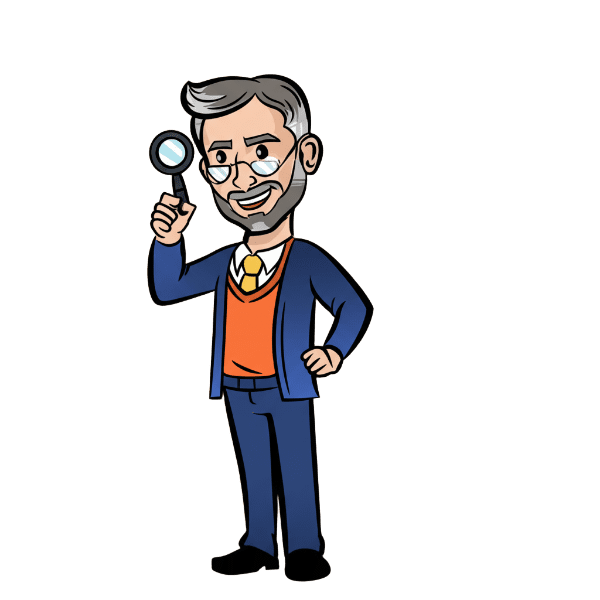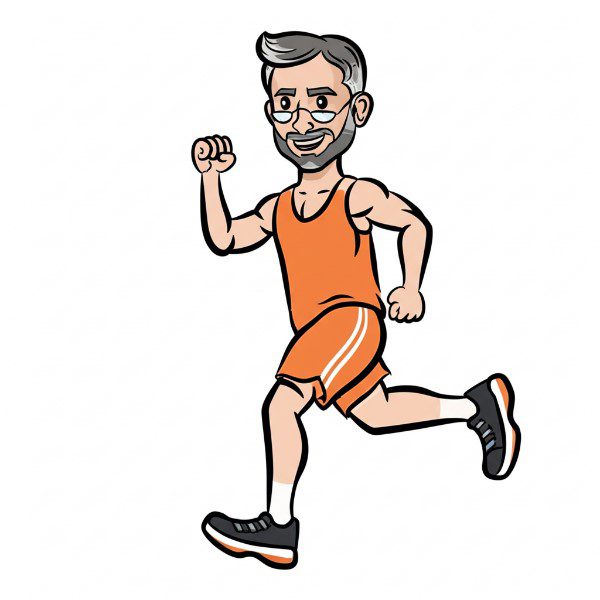Definition: A purchase funnel is a marketing model that illustrates the stages a potential customer goes through before making a purchase—from initial awareness to final conversion. Also known as the sales funnel or marketing funnel, it helps businesses visualize and optimize each phase of the customer journey to improve engagement, trust, and conversions.
By mapping content and tactics to each funnel stage, marketers can better guide prospects from interest to action.

Use It In a Sentence: We restructured our content strategy around the purchase funnel to deliver targeted messaging at every stage—from awareness to conversion.
Why the Purchase Funnel Matters
The purchase funnel is one of the most important frameworks in marketing. It allows businesses to:
- Understand how buyers progress through decision-making
- Tailor content and campaigns to match user intent
- Identify funnel leaks and drop-off points
- Align sales and marketing efforts
- Forecast revenue more accurately
Whether you sell shoes or software, understanding your funnel improves every part of your go-to-market strategy.
Stages of the Purchase Funnel
Although there are several funnel models, the classic version includes:
| Funnel Stage | Purpose | Examples of Tactics |
|---|---|---|
| Awareness | Make your audience aware of your brand | SEO blogs, social ads, influencer partnerships |
| Interest | Engage with relevant content | Email opt-ins, educational videos, webinars |
| Consideration | Showcase why your product is the solution | Case studies, product comparisons, retargeting ads |
| Intent | Nurture leads closer to conversion | Free trials, pricing pages, sales outreach |
| Purchase | Convert leads into paying customers | Checkout flow, limited-time offers, optimized CTAs |
| Loyalty (Post-Sale) | Encourage repeat purchases & advocacy | Email onboarding, loyalty programs, referral campaigns |
Modern funnels often include post-purchase stages to focus on retention and lifetime value.
Top-of-Funnel (TOFU) vs. Bottom-of-Funnel (BOFU)
| Stage | TOFU (Top) | BOFU (Bottom) |
|---|---|---|
| Goal | Attract and educate | Convert and close |
| Audience | Problem-aware or unaware | Solution-aware and ready to act |
| Content Type | Blogs, social content, videos, awareness ads | Demos, testimonials, pricing pages, CTAs |
| CTA Style | Learn more, subscribe, download | Buy now, start free trial, book a call |
How to Optimize a Purchase Funnel
- Audit your funnel by stage
Is there a content gap between awareness and action? - Personalize your messaging
Match tone, topic, and format to where users are in the funnel. - Use retargeting to recapture interest
Most users don’t convert on first contact—BOFU ads keep them engaged. - Shorten friction points
Remove unnecessary steps in the checkout or sign-up process. - Measure and iterate
Funnel metrics like CTR, CVR, CAC, and LTV show where to optimize next.
Common Funnel Leaks and Fixes
| Problem | Fix |
|---|---|
| High bounce rate on landing page | Improve UX, speed, or value proposition |
| Lots of awareness but no leads | Add stronger CTAs and lead magnets |
| Leads not converting to sales | Align sales messaging or provide more social proof |
| Drop-off at checkout | Simplify payment process and add urgency |
Final Thoughts: Funnels Fuel Growth
The purchase funnel isn’t just a diagram—it’s a strategic tool. When used correctly, it helps you move the right message to the right person at the right time.
Whether you’re building a new marketing campaign or optimizing an existing one, mapping it to your funnel stages will dramatically improve your efficiency, conversion rate, and ROI.
More Definitions & Related Blogs
Explore more foundational sales and marketing terms from the Sales Funnel Professor:


